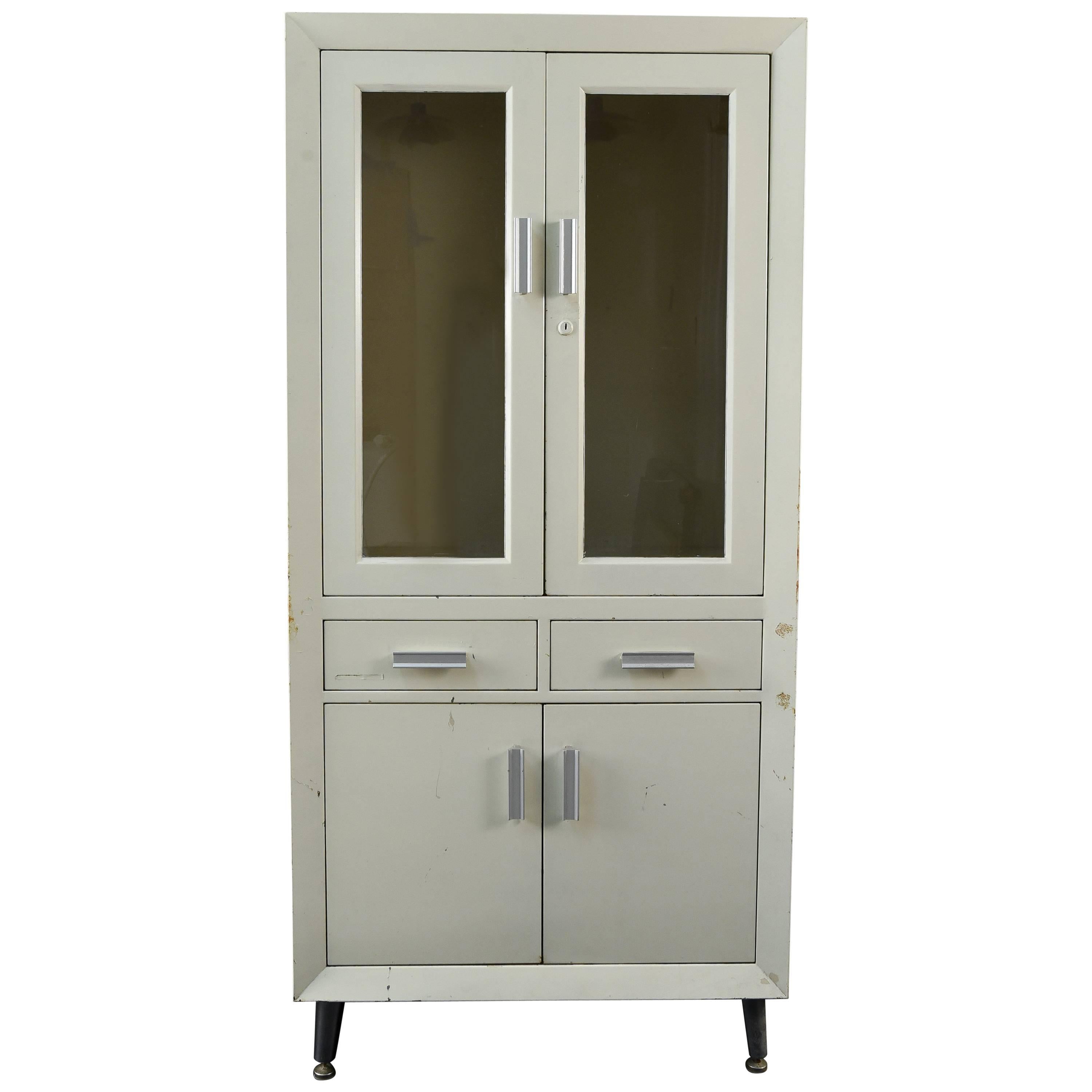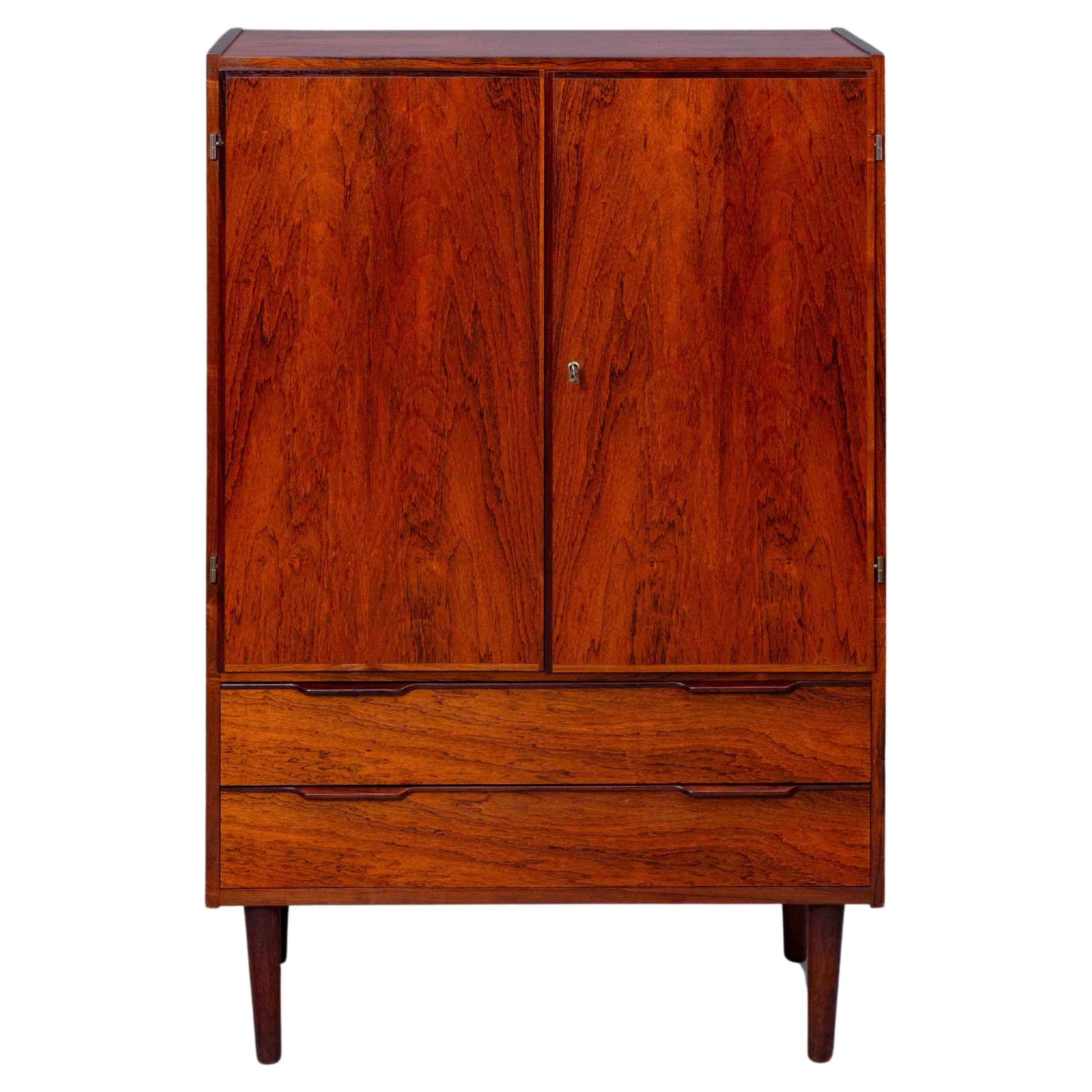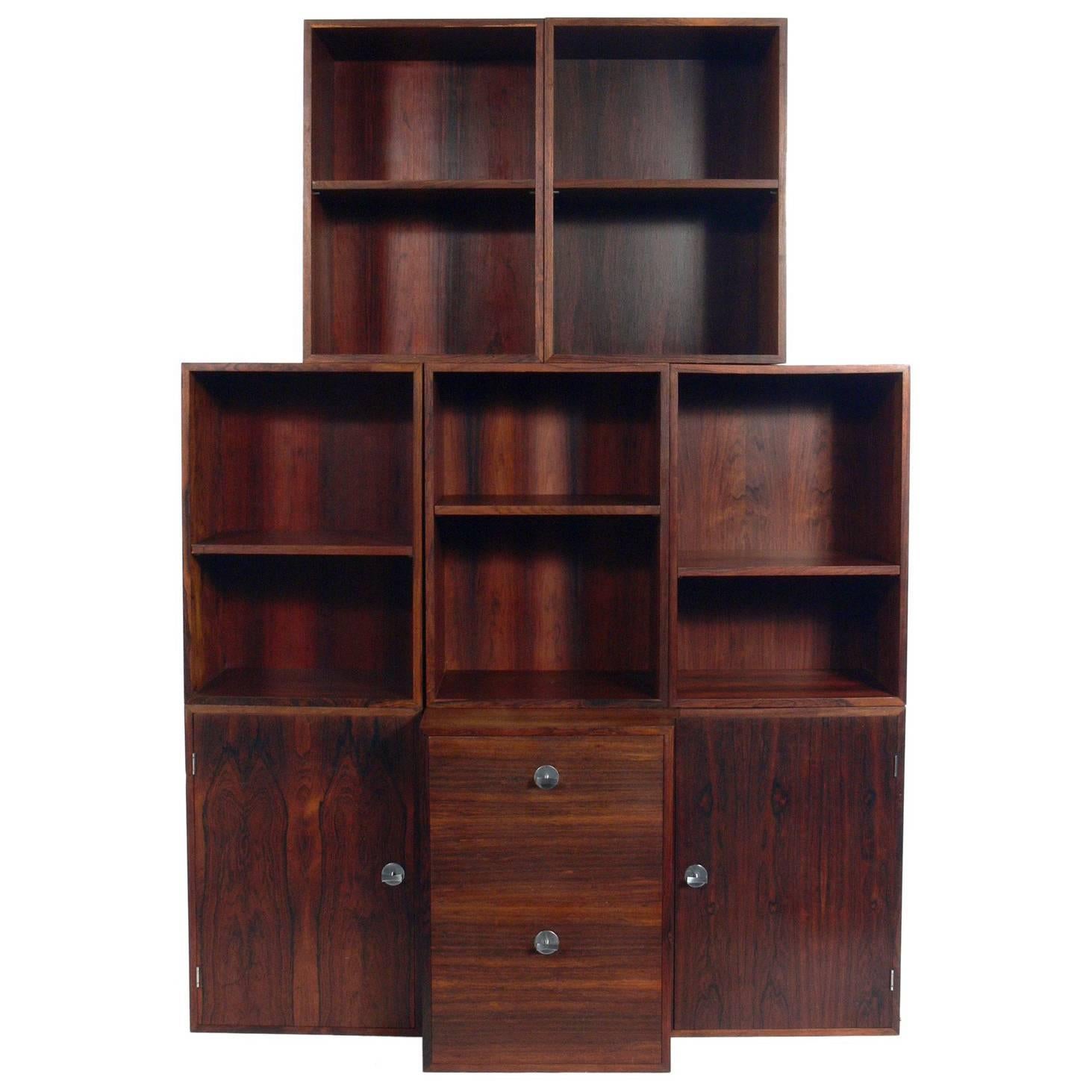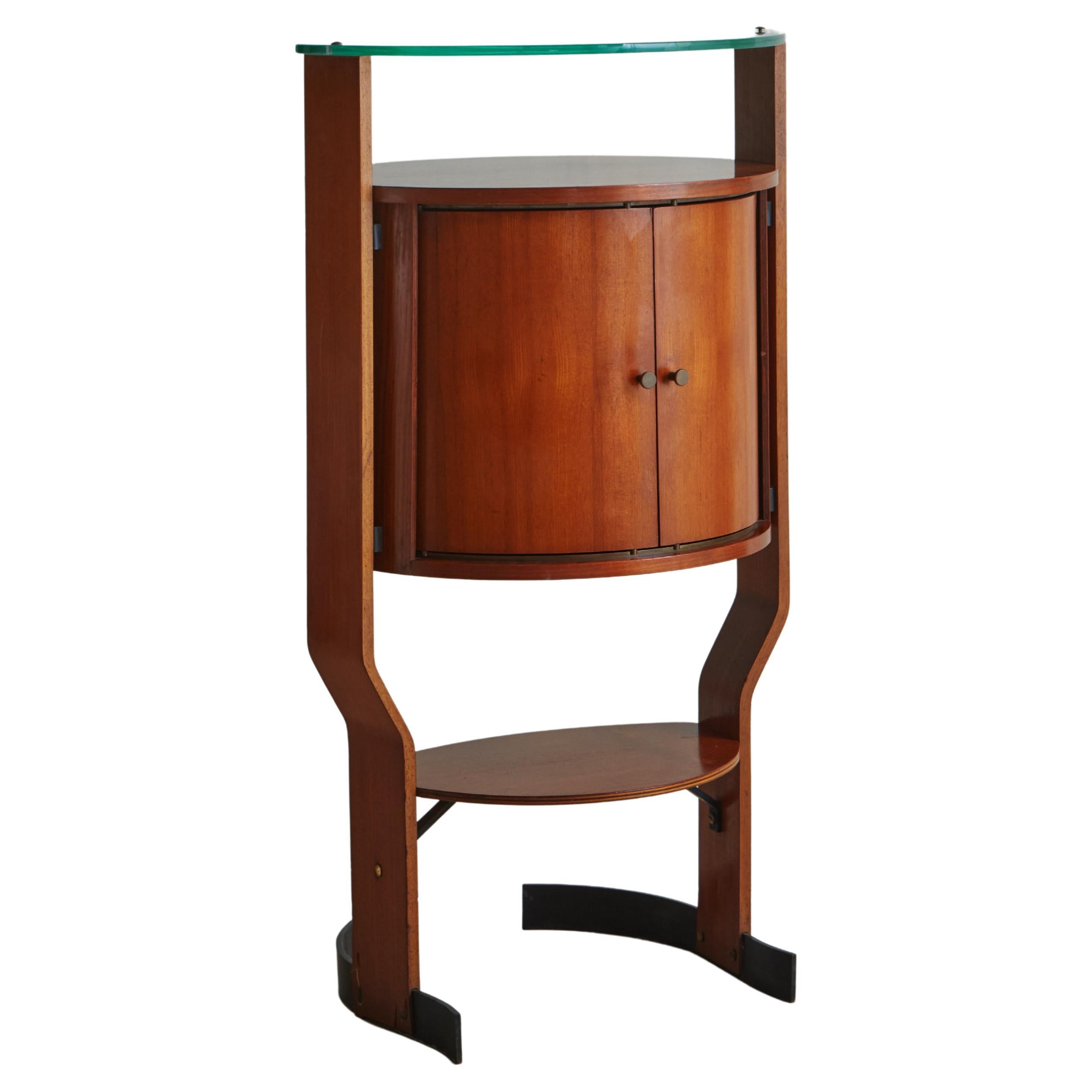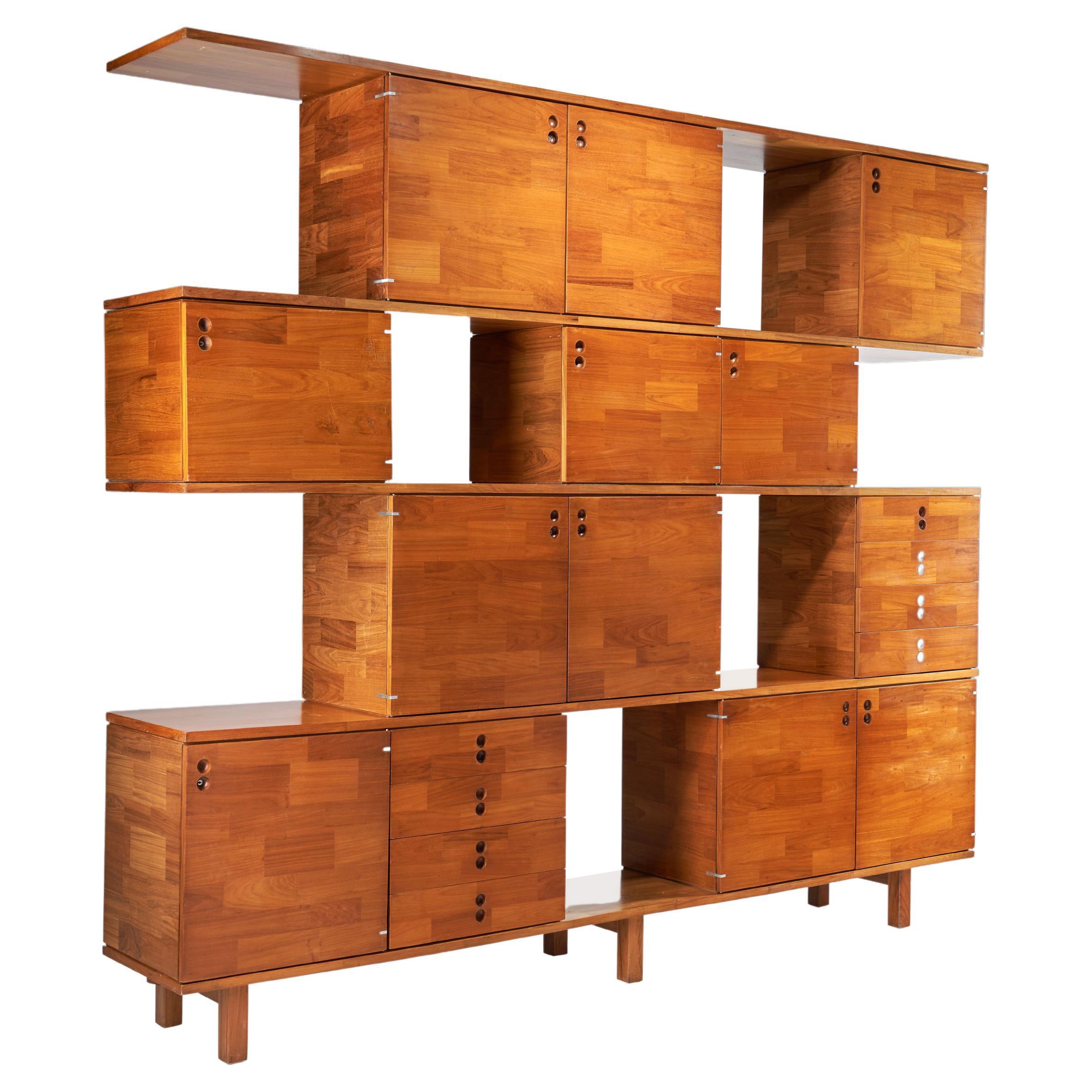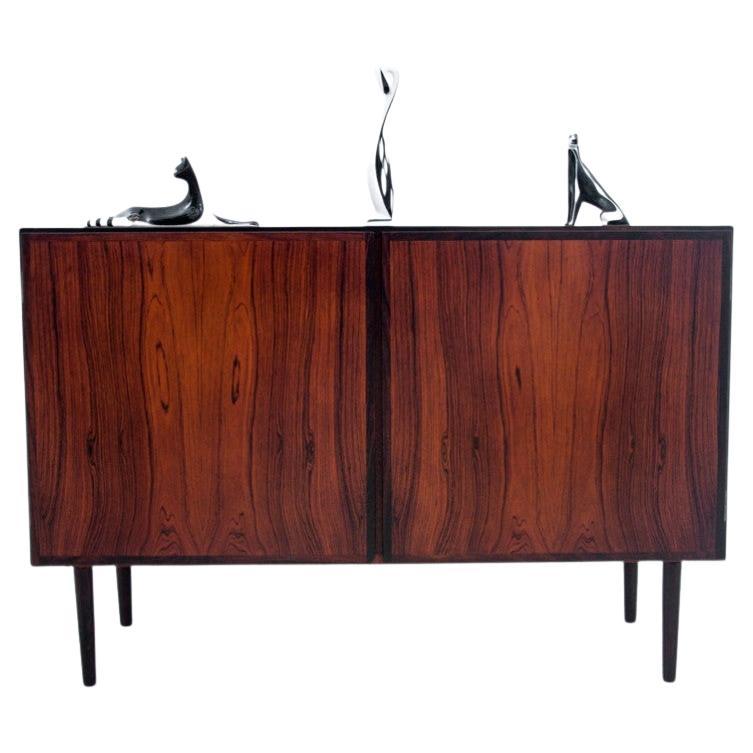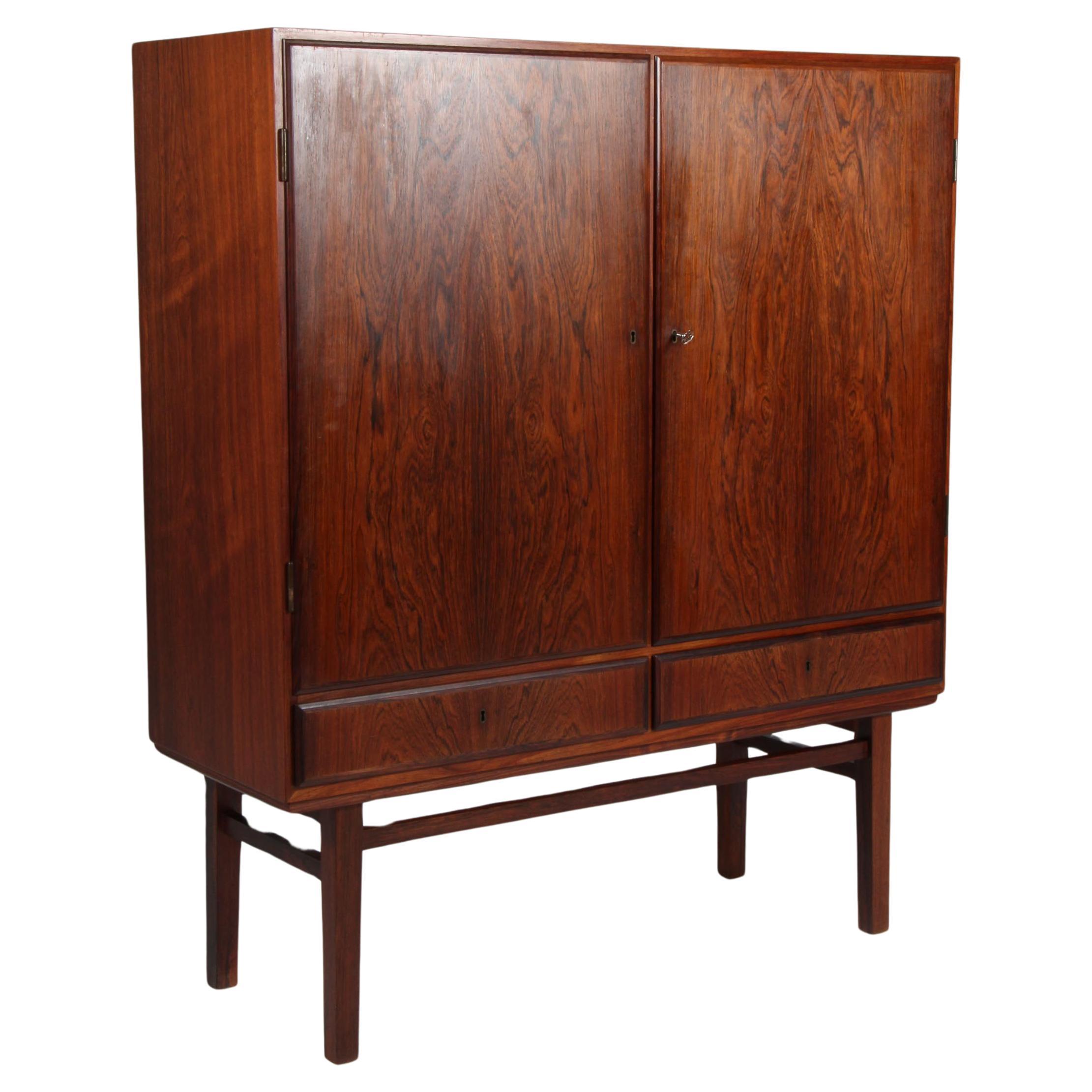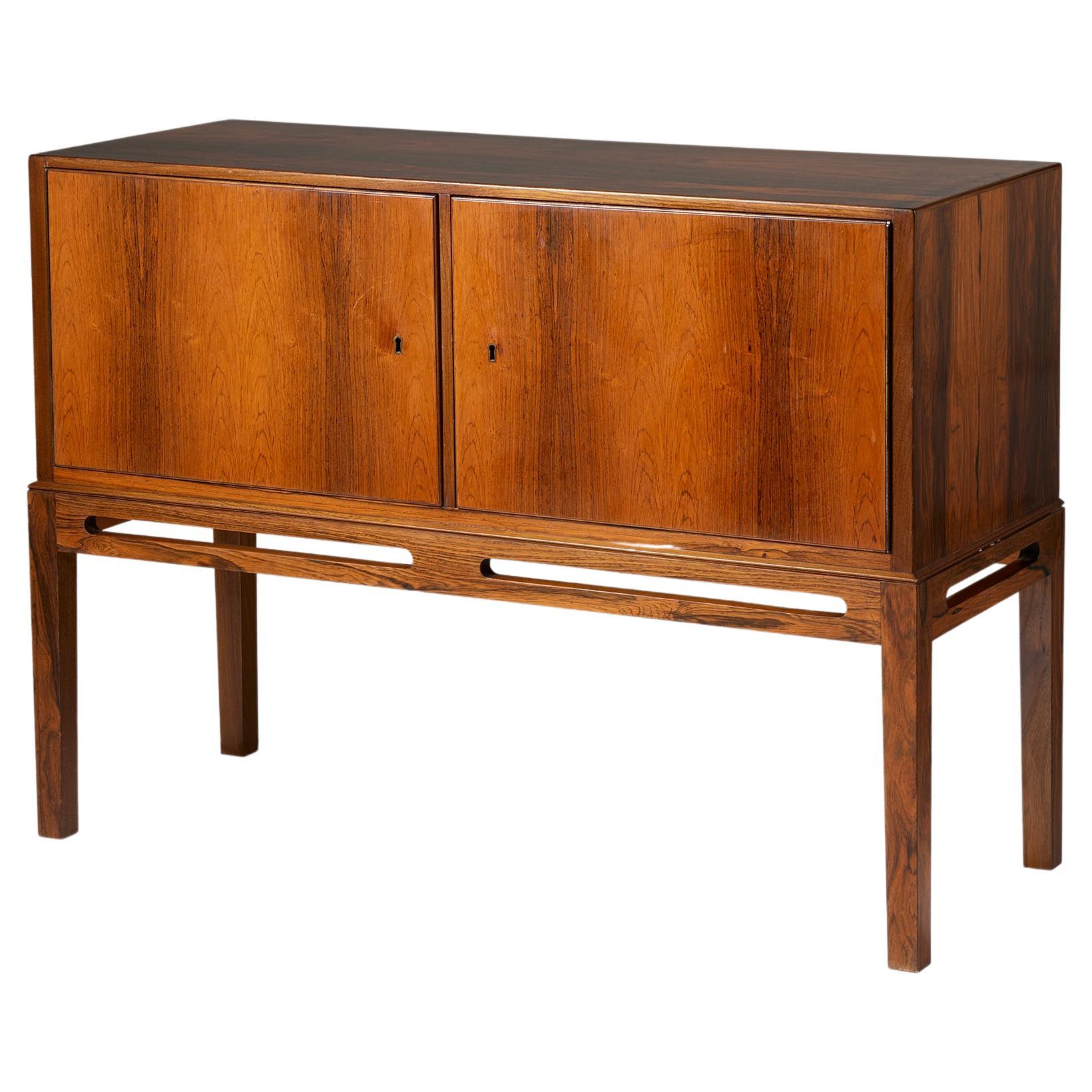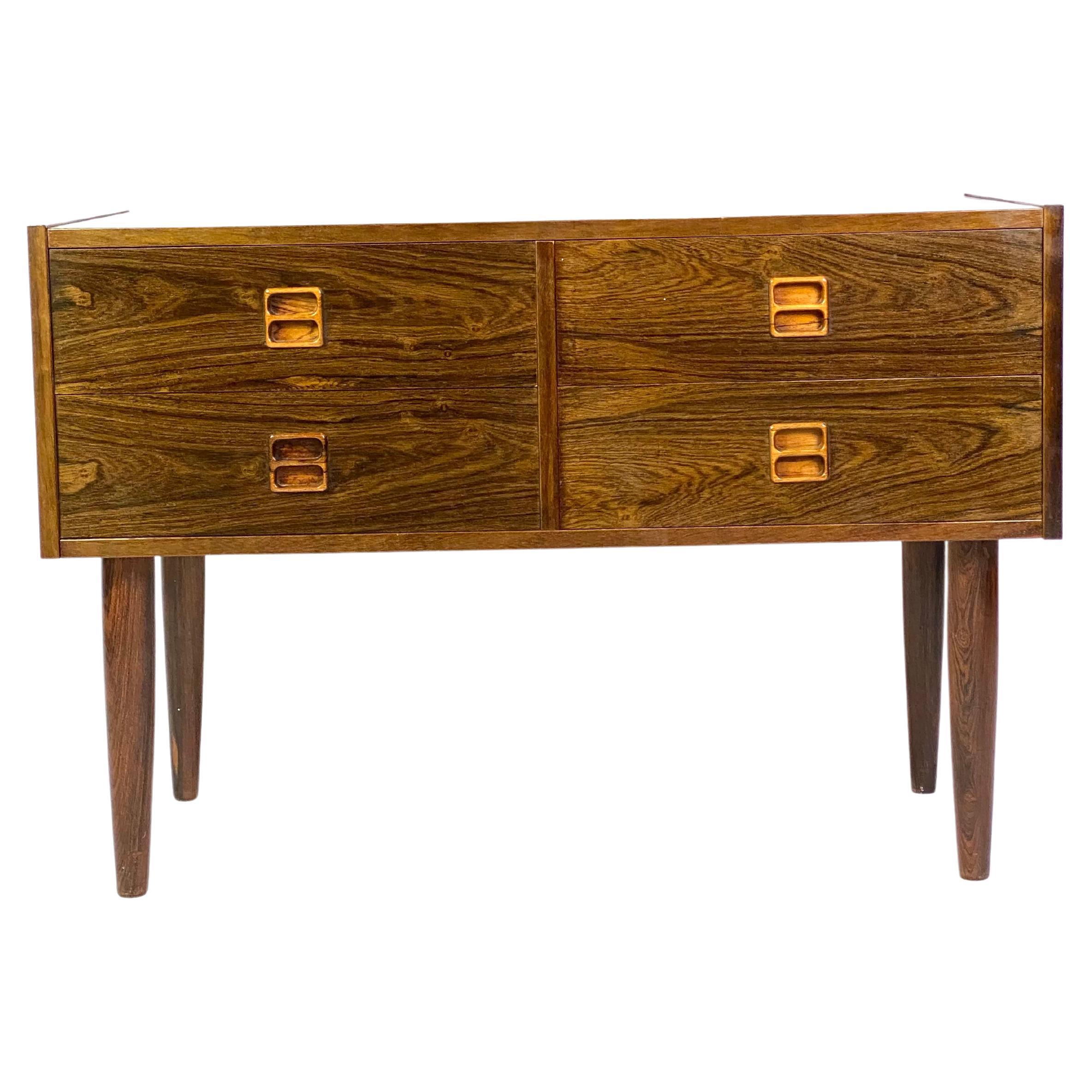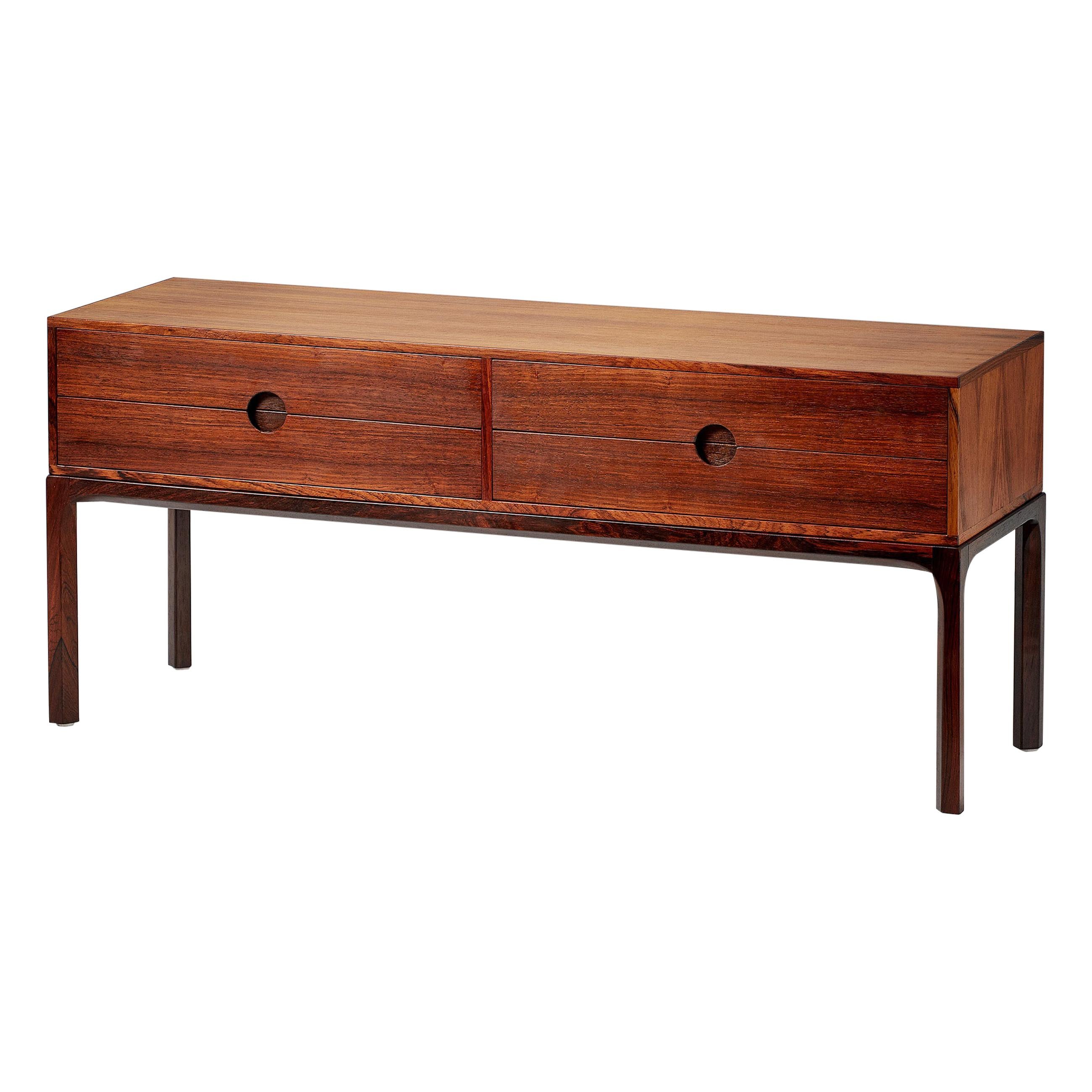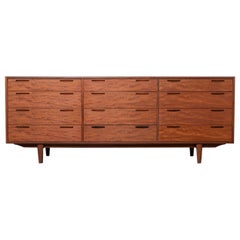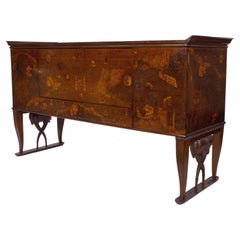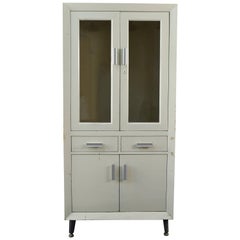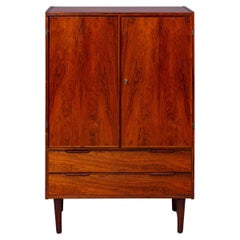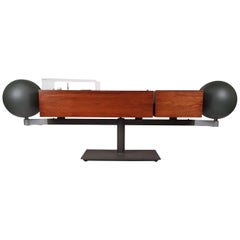
1960s Clairtone Project G2 Rosewood Stereo System
View Similar Items
Want more images or videos?
Request additional images or videos from the seller
1 of 10
1960s Clairtone Project G2 Rosewood Stereo System
About the Item
- Creator:Hugh Spencer (Designer),Clairtone (Manufacturer)
- Dimensions:Height: 27 in (68.58 cm)Width: 79 in (200.66 cm)Depth: 14.75 in (37.47 cm)
- Style:Mid-Century Modern (Of the Period)
- Materials and Techniques:Rosewood,Lacquered
- Place of Origin:
- Period:
- Date of Manufacture:1960s
- Condition:Wear consistent with age and use.
- Seller Location:Dallas, TX
- Reference Number:1stDibs: LU87859395433
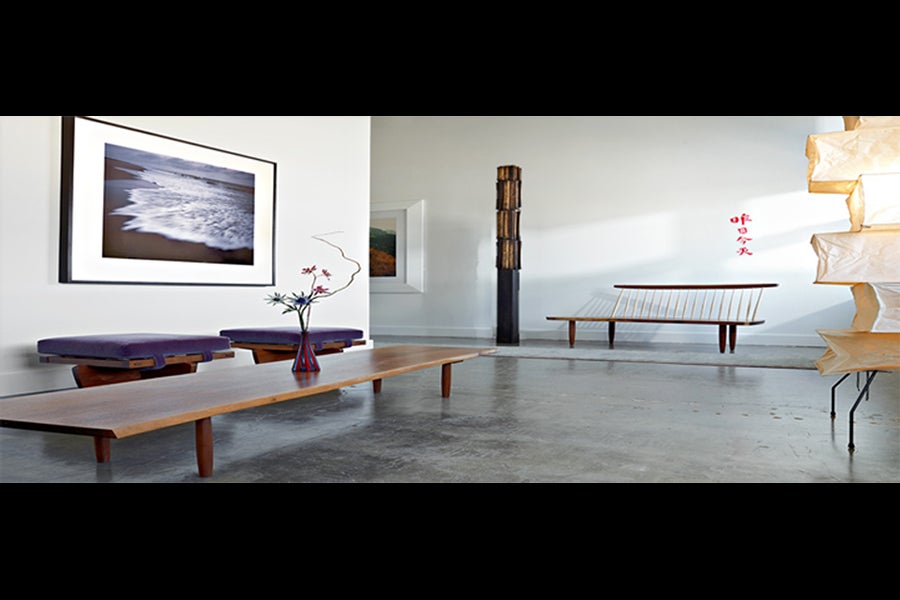
About the Seller
4.6
Vetted Seller
These experienced sellers undergo a comprehensive evaluation by our team of in-house experts.
Established in 1997
1stDibs seller since 2009
357 sales on 1stDibs
Typical response time: 2 hours
Associations
20th Century Specialists
More From This SellerView All
- Ib Kofod Larsen Danish Modern Twelve Drawer Dresser in Teak 1960sBy Ib Kofod-LarsenLocated in Dallas, TXUltra sleek twelve-drawer teak cabinet with a finished back. It can be utilized as a freestanding sideboard or would serve nicely as a dresser. Designed by Ib Kofod-Larsen and crafte...Category
Mid-20th Century Danish Scandinavian Modern Cabinets
MaterialsTeak
- Torbjorn Afdal Book-Matched Brazilian Rosewood Cabinet for Bruksbo of NorwayBy Bruksbo, Torbjørn AfdalLocated in Dallas, TXSpectacular vintage 1960s book-matched, double bleached Brazilian rosewood credenza with mirror-polished plinth base. This cabinet was custom ordered from Bruksbo of Norway...Category
Mid-20th Century Norwegian Scandinavian Modern Credenzas
MaterialsRosewood
- Tomaso Buzzi Masterwork 1930 Triennale of Modern Decorative Arts Monza, ItalyBy Tomaso BuzziLocated in Dallas, TXEarly and important Tomaso Buzzi dining room server cabinet embellished with ornately detailed marquetry depicting the entrance to the ‘Bosphorus Straits’. The artwork is an imaginative rendition of one of the most economically and geopolitically important locations on the planet, namely, the vital trade route between East and West through the ancient city port of Constantinople or modern-day Istanbul. The piece reflects the influences of various historic Empires in the region, including Egypt in North Africa to the North West, and The Greek and Roman Empires to the North East, and the Turks to the East. The scene portrays a time when countless battles occurred in these provinces in order to control the flow of Maritime trade between the Continents of the Northeastern Hemisphere and The Orient or the Far East, along the ‘silk road’. The illustration includes numerous architectural icons including the Pyramids of Giza, Roman Colosseums, Roman Aqueducts, Greek Acropolis style buildings, The Galata Tower, The Obelisk of Theodosius, Rumelifeneri Castle, and The Blue Mosque of Istanbul amongst others. A variety of seafaring vessels, marine life, and geological landmarks are also included in the panorama. This masterwork was executed by Buzzi during his tenure at the school of arts and crafts in Sao Paulo Brazil in the late 1920s. This was during the time he joined the "Novecento Milanese" Group and began to collaborate with Gio Ponti on the newly developed Design Magazine, Domus. The cabinet was showcased as a centerpiece in the 8th Triennale of Modern Decorative Arts in Monza, Italy in 1930. It is well documented and retains the original brass plaque from the Institutional Authority of the Arts in Brazil. A copy of a promotional postcard from the exhibition signed by Buzzi and featuring this cabinet is part of the Buzzi Archive. Crafted from indigenous Brazilian...Category
Early 20th Century Italian Mid-Century Modern Sideboards
MaterialsWood
- Edward Wormley Credenza / Server for Dunbar in Bleached Walnut and BrassBy Edward Wormley, Dunbar FurnitureLocated in Dallas, TXBeautiful bleached walnut credenza / server with solid brass hardware designed by Edward Wormley for Dunbar. The top two drawers contain removable felt-lined silverware trays...Category
Vintage 1950s Unknown Mid-Century Modern Cabinets
MaterialsBrass
- Leather Faced Probber ChestBy Harvey ProbberLocated in Dallas, TXLuxurious Harvey Probber leather faced chest of drawers. Sliding doors open to reveal an abundance of cork lined shelving. Retains original label. Coordin...Category
20th Century American Mid-Century Modern Cabinets
MaterialsBrass
$3,800 Sale Price20% Off - Italian Modernist Credenza by Vittorio Dassi for Dassi Mobili ModerniBy Vittorio DassiLocated in Dallas, TXA phenomenal early Italian modernist server in sculpted Italian walnut with hand-carved mahogany bases, black milk glass top, hand-forged solid brass ...Category
20th Century Italian Mid-Century Modern Credenzas
MaterialsMarble
You May Also Like
- 1960s Industrial Medical CabinetLocated in Norwalk, CTThis is a great medical cabinet from the 1960s, ready to keep all your goodies safe this is a great 1960s accent item that is sure to be a one of a kind addition to your decor!Category
Vintage 1960s American Mid-Century Modern Scientific Instruments
MaterialsMetal
$1,550 Sale Price20% Off - 1960s Small Danish Rosewood CabinetLocated in Madrid, ESSmall cabinet by anonymous designer, probably Erling Torvits. Manufactured in Rosewood. Denmark, 1960s This piece fits perfectly for reduced spaces due to its rare proportions. The ...Category
Vintage 1960s Danish Mid-Century Modern Cabinets
MaterialsRosewood
- Finn Juhl Rosewood Modular Bookcase SystemBy Finn JuhlLocated in Atlanta, GARosewood "Diplomat" model modular bookcase system, designed by Finn Juhl for France and Sons, Denmark, circa 1960s. This set is extremely versatile and can be laid out any way you li...Category
Vintage 1960s Danish Mid-Century Modern Bookcases
MaterialsMetal, Chrome
- Rosewood + Walnut Bar Cabinet, Italy 1960sLocated in Chicago, ILAn elegant 1960s bar cart from northern Italy featuring rosewood on the primary surface and the lower shelf and a Walnut frame. The bar cabinet has two doors which open to reveal sto...Category
Vintage 1960s Italian Mid-Century Modern Cabinets
MaterialsBrass
- Jorge Zalszupin Modular Shelving System for L’Atelier, Brazil, 1960sBy Jorge ZalszupinLocated in Utrecht, NLThis gorgeous multi-level shelving system was designed and manufactured by the Brazilian design icon, Jorge Zalszupin and his company, L’Atelier. When it comes to Zalszupin’s line of modular pieces (Modulados Compiníveis), simplicity and clarity are the main characteristics. Similarly to Danish production, treating the wood with special care was a core concept for Zalszupin. The versatile industrial design of these pieces offers a variety of typologies and combinations of modules that can be creatively combined to satisfy every need and interest. The pieces include drawers as well as diverse consoles with doors that feature locks. These modular pieces made by L’Atelier follow the idea of Louis Sullivan: “form follows functions”, which is exemplified by this piece. The modules are made of the Brazilian wood ‘caviuna’ with a beautiful finish in wood-block collage. The six wooden legs support the units in an understated way, leaving the units to be the main visual pieces. The pieces feature “inverted” handles in pairs, that are distinctive of Zalszupin, and contribute to the elegant and modern look of this shelving system. Condition: In good vintage condition. Wear consistent with age and use. Some modules have some small scratches and marks. Dimensions: 98.42 in W x 15.95 in D x 104.33 in H 250 cm W x 40.5 cm D x 265 cm H About the designer: Jorge Zalszupin was born in Warsaw, Poland, in 1922. He graduated as an architect in Romania in 1945. His importance for Brazilian design has been articulated in several publications so far. In addition to being the owner of the l'Atelier furniture factory of modern furniture, Zalszupin led a unique initiative: he coordinated a team of designers working for four different factories in the same business group, the Forsa Group. Zalszupin immigrated to Brazil in 1949 and after a brief stay in the capital, he settled in São Paulo, a city that was then entering a cycle of great industrial growth and great cultural transformations. In the first half of the 1950s, he opened an architecture office, having José Gugliota as a partner. When he got tired of designing exclusive furniture manufactured for his clients' homes, he decided to join a group of woodworkers and started to produce smaller series. This was how l'Atelier came into being, which eventually began to manufacture office furniture and went from a carpentry shop with handcrafted products to an industry with serial production. The first piece in this series was an armchair nicknamed 'Danish' by employees. It was first created in 1959. In the early 1970s, because of serious financial problems, l'Atelier was sold to a business group. The sale was finalized with Zalszupin's 'pass' as director of product research and development. Thus, Zalszupin expanded the team of designers - which already had Oswaldo Mellone - incorporating Paulo Jorge Pedreira and Lílian Weimberg permanently. The designers named the new group Forsa, and started to act as a sort of creative laboratory. The technical possibilities offered by four distinct industrial plants were enhanced by the team of designers. In this way, Hevea, which produced plastic commodities, won a very sophisticated product line in design and established a brand: Eva, for household items, sold in supermarkets. L'Atelier itself started using injected plastic, producing partition panels...Category
Vintage 1960s Brazilian Mid-Century Modern Cabinets
MaterialsWood
- Joe Colombo ''Boby 3'' Italian Portable Storage System for Bieffeplast, 1960sBy Joe Colombo, BieffeplastLocated in Roma, ITDesigned in 1969, Joe Colombo’s iconic "Boby 3" portable storage system was produced by Italian manufacturer Bieffeplast makes savvy use of space with its swivel design. This compact caddy is featured in the collection of the Museum of Modern Art in New York, but it’s perfect at home in domestic settings, offering ample storage with swing-out drawer trays provide and cubby holes for taller items. A one-of-a-kind piece that will complete a studio or a midcentury office. Measures (cm): height - 74 depth - 41 width - 43 Born in Milan in 1930, designer Cesare Colombo—who went by Joe—was the second of three brothers. His father, Giuseppe, was an industrialist who inherited a ribbon factory and turned it into an electrical conductor manufacturer. Colombo came to design relatively late, having spent most of his twenties pursuing painting and sculpture. He studied at the Accademia di Belle Arti in Brera, Milan, in the early 1950s. While there, he joined the Movimento Nucleare, an avant-garde art movement founded by Enrico Baj and Sergio Dangelo in 1951. Spurred on by international anxiety surrounding the nuclear bomb, this group of painters aimed to break free of the static boundaries of traditional painting. In 1953, Colombo made his first foray into design by creating a decorative ceiling for a Milan jazz club. In 1954, he made a series of television shrines for the Milan Trienniale. Inspired by these experiences, Colombo enrolled as an architecture student at Milan Polytechnic. When his father became ill in 1958, Colombo abandoned painting altogether; he and his younger brother, Gianni, took over the family business, using the factory as an experimental space for the latest production techniques and materials, including fiberglass, PVC, and polyethylene. In 1962, Colombo opened a design studio in Milan, from which he worked primarily on architectural commissions—including several ski lodges and mountain hotels—as well as product design. His furniture designs were characterized by optimistically bold, round forms, and he championed the notion of using modern technologies to create new design solutions. Colombo’s design career was cut tragically short in 1971 when he died of heart failure at age 41. However, he was remarkably prolific during his near decade as a designer. Notable projects include some of the most iconic designs of the 1960s, such as his 1963 Elda Armchair, made completely of fiberglass; the 1964 Ragno outdoor light, which doubled as a seat; the stackable Universale chair (1965/67), which came in varying heights and was created completely from polypropylene; his 1967 modular furniture series known as the Additional Living System, which was composed of different-size curved pieces that could be pinned together in various configurations to form chairs, sofas, or entire living areas, and which ultimately included the famous 1969 Tubo lounge chair; and the Optic alarm clock and Bobby trolley...Category
Vintage 1960s Italian Mid-Century Modern Commodes and Chests of Drawers
MaterialsPlastic
Recently Viewed
View AllMore Ways To Browse
Rosewood Storage Systems
Stereo Case
Stereo Storage
Vintage Stereo Cabinet Furniture
Vintage Stereo Room
Stereo Mid Century
Mid Century Stereo
Retro Cabinet Stereo
Mid Century Modern Stereo
Midcentury Modern Stereo
Vintage Turntable Furniture
Vintage Stereo In Cabinet
Retro Turntable Furniture
Mid Century Stereo Cabinets
Mid Century Stereo Cabinet
Mid Century Modern Stereo Cabinets
Mid Century Modern Stereo Cabinet
Brionvega Vintage
